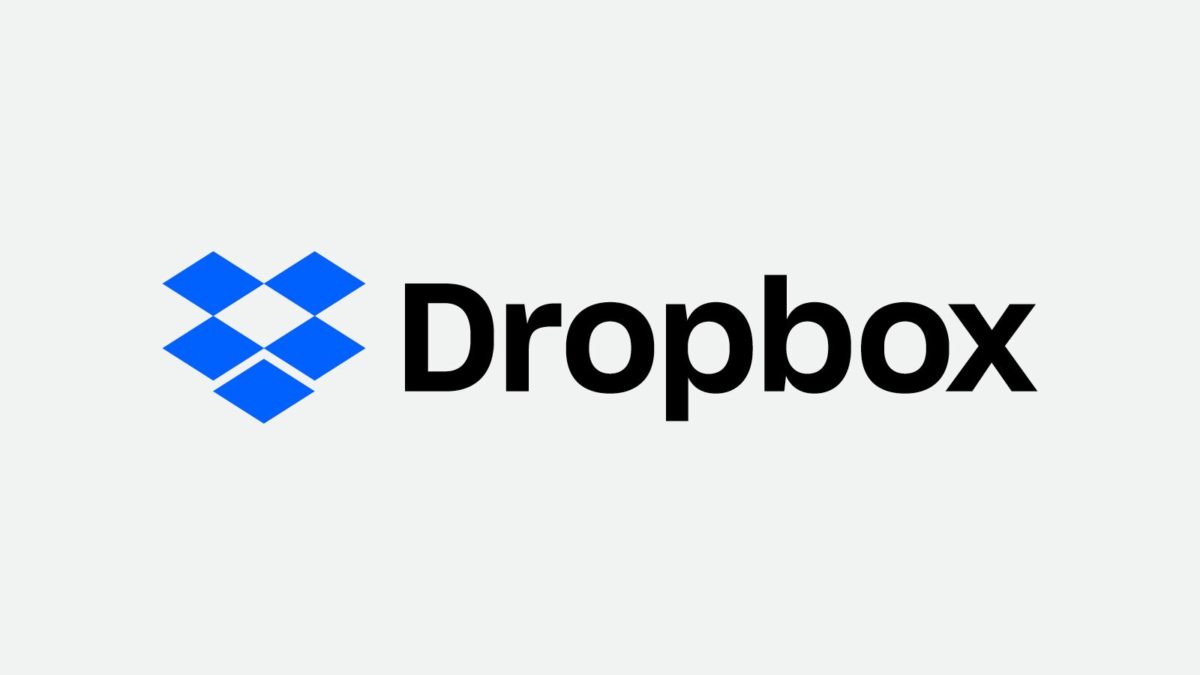Dropbox is using a “map” that keeps track of which drive contains specific information. To ensure the reliability of storage, several copies are made from each piece of information.
Transactions between Related Parties in Business with Dropbox
Dropbox is a system, seeking to comply with the requirements of this International Standard shall adopt, document, maintain and disseminate records management policies, procedures and practices to provide the evidence, reporting, and information required to operate it. The goal of this policy should be to create and manage documents that are authentic, valid and usable, and capable of supporting business for a specified (required) period of time. Organizations should ensure that this policy is communicated and applied at all organizational levels.
It is not wrong in itself to enter into transactions between related parties in Dropbox, and often such transactions are completely legal because they serve practical and commercial purposes in the interests of the company (or group of companies), thereby increasing the company’s ability to increase the value of the shares. The purpose of the process is to provide a design for Dropbox that is implemented and can be verified against the requirements articulated during the requirements analysis process. As part of the process, the executor transforms the identified requirements into an architecture that describes the top level of the structure of the software and identifies the software components.
Related party transactions in business with Dropbox can be particularly useful in groups of companies, where there are often evolving arguments that these transactions are replacing underdeveloped markets and institutions. Therefore, prohibiting transactions between related parties is not a solution to the problem, but rather the key issue is to ensure that transactions between related parties are approved and carried out on market terms in such a way that potential conflicts of interest arising from these transactions are properly resolved and information about them was disclosed in order to ensure the protection of the interests of the company and all its shareholders.
The Regulatory Environment in Dropbox for Business
Dropbox identifies the governing environment and requirements for documenting their activities. Dropbox organizations’ policies and procedures take into account the regulatory environment. Regulatory documents reflecting the activities of the organization contain appropriate evidence of its compliance with the regulatory environment. The regulatory environment of Dropbox includes:
- laws and regulations governing the field of business in general and in specific industries, including laws and regulations relating directly to documents, archives, access, confidentiality, evidence, e-commerce, data protection, information;
- standards related to practice;
- guidelines of a recommendatory nature, reflecting best practices;
- voluntarily applied codes of conduct and ethics;
- identifiable public expectations regarding acceptable behavior in a specific industry or organization;
- clear designation of these transactions. They include extensive definitions of who the related parties are.
When attempting to illegally obtain personal information from users of Dropbox systems, customers are sent messages via e-mail systems, in which, under any pretexts (technical re-equipment of the organization, updating or reconciliation of databases of a credit institution, etc.), it is proposed to enter from a computer keyboard the indicated codes in the fields of screen forms during simulated sessions of information interaction with a credit institution (for example, through a duplicate of its website). At the same time, malicious programs can be transmitted to the client’s computer from the website, which are computer viruses or “bookmarks” that perform hidden functions in the background, related to the illegal acquisition.

